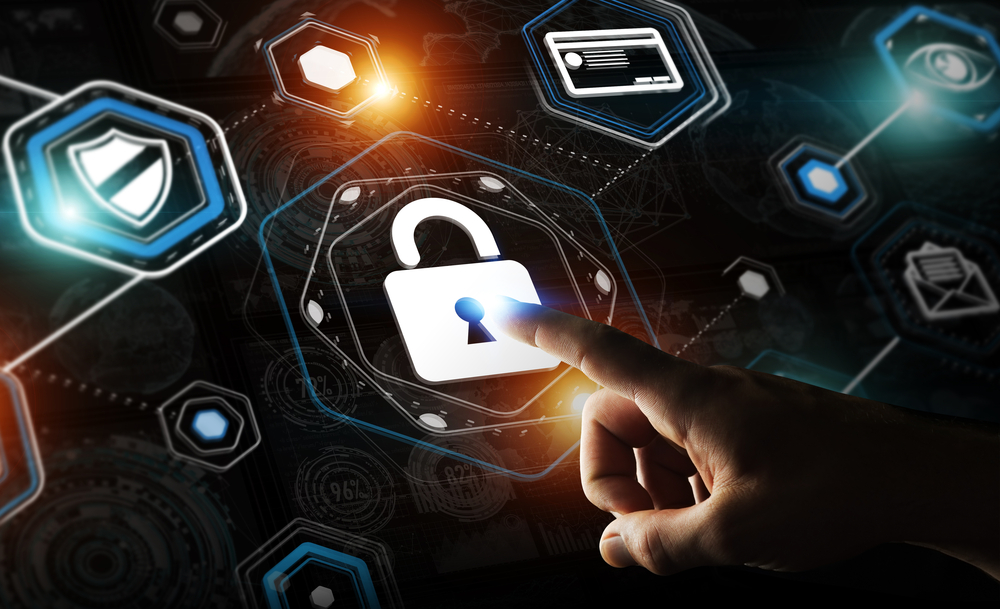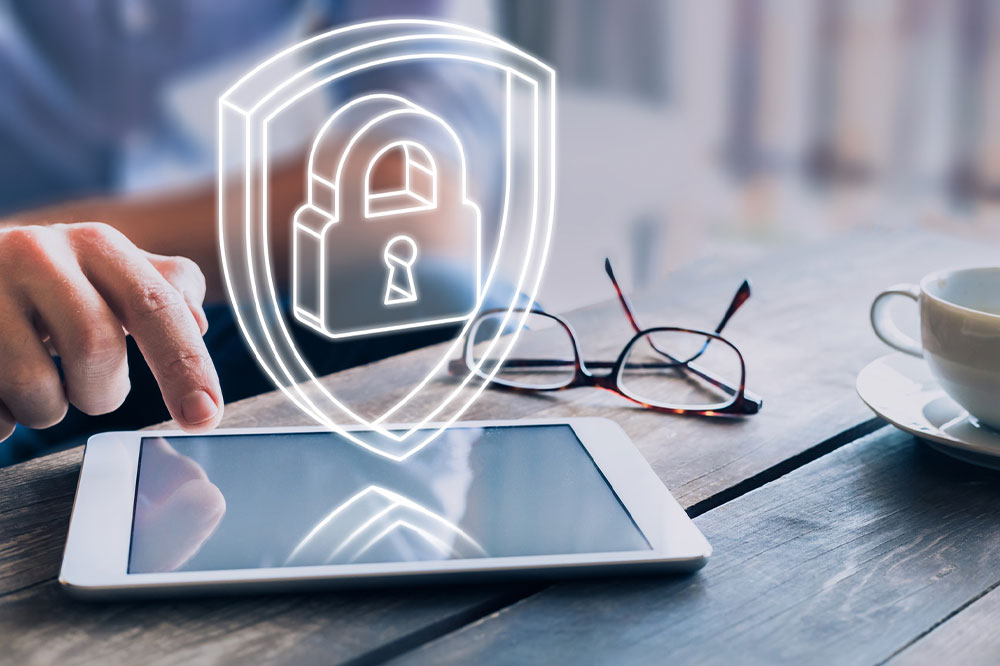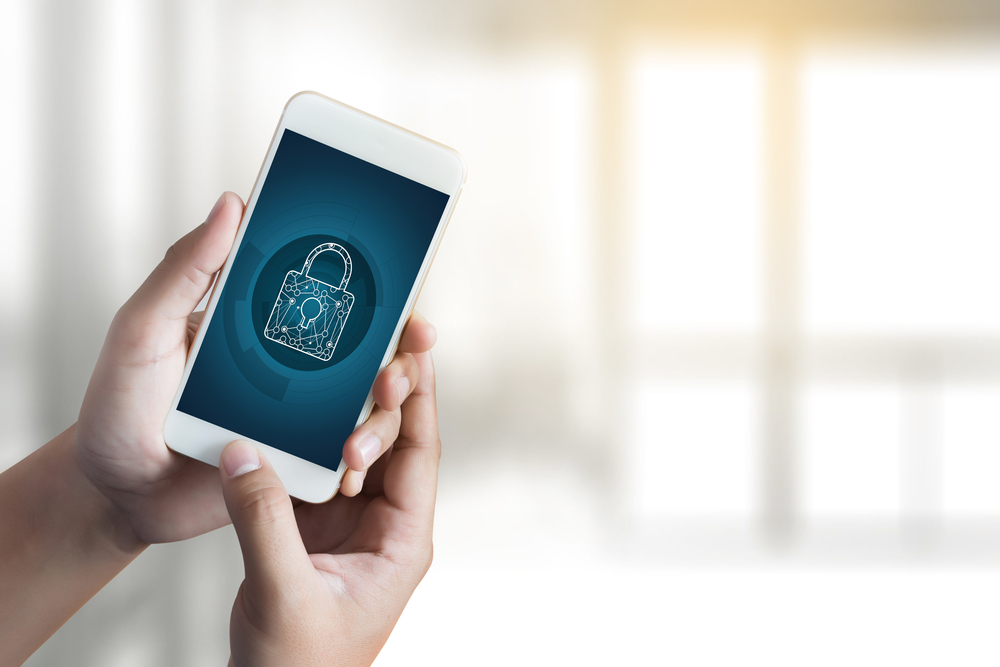Comprehensive Guide to Protecting Your Email from Virus Attacks
Learn effective strategies to defend against email viruses, including recognizing suspicious emails, practicing safe downloading habits, and keeping security software up to date. Protect your personal and business data from malicious cyber threats with these essential security tips.

Comprehensive Guide to Protecting Your Email from Virus Attacks
In today’s digital age, safeguarding your email account from malicious threats is more critical than ever. Email viruses, often inserted through malicious attachments or deceptive links, can compromise your personal data, financial information, and even result in identity theft. Cybercriminals frequently send emails that appear legitimate but are designed to trick you into revealing confidential information or installing harmful malware on your device. This comprehensive guide aims to arm you with essential knowledge and practical tips to defend against these threats effectively.
Understanding Email Viruses
Emails infected with viruses can take many forms, including spam, hoaxes, macro viruses, and spambots. Spam emails usually flood your inbox with unsolicited advertisements or scam offers. Hoaxes are false alerts that often encourage certain actions, such as forwarding messages or clicking on dubious links. Macro viruses are embedded in attachments, such as Word or Excel files, which execute malicious scripts when opened. Spambots are automated bots that use infected email accounts to spread malware or phishing links across the network.
Recognizing Suspicious Emails
The first line of defense is being able to identify suspicious emails. Most malicious emails share common traits, such as unknown sender addresses, misspelled words, unusual formatting, or urgent language that pressures you into acting quickly. Always scrutinize the sender's address to ensure it matches legitimate contacts. Be wary of generic greetings like 'Dear Customer' or 'Sir/Madam' instead of your name. Avoid opening attachments or clicking links in emails that seem out of context or unexpected.
Best Practices for Email Security
Verify the sender’s identity: When you receive an email from an unfamiliar source or an unexpected message from a known contact, confirm its legitimacy before taking any action.
Use strong, unique passwords: Protect your email accounts with complex passwords that are different from your other online accounts. Consider using a password manager to keep track of them.
Enable two-factor authentication (2FA): Adding an extra layer of security can prevent unauthorized access, even if your password gets compromised.
Keep your software updated: Regularly update your operating system, email client, and antivirus software to patch vulnerabilities that could be exploited by hackers.
Install reputable antivirus and anti-malware programs: Reliable security software can detect and block threats before they reach your inbox.
Be cautious with downloads and links: Avoid clicking on suspicious links or downloading attachments from unknown senders. Hover over links to see the URL before clicking.
Handling Suspicious Emails
If an email looks suspicious, do not open any attachments or click on links.
Delete the email immediately from your inbox.
Report the incident to your IT department or email service provider, especially within corporate environments.
Run a full system scan to ensure your device is not infected.
Additional Tips for Email Security
Educate yourself and others about common scam tactics to recognize and avoid phishing attempts.
Regularly back up important data to prevent loss from malware infections.
Use email filters or spam blockers to reduce unwanted emails from reaching your inbox.
Always download content from trusted sources, and verify the authenticity before opening or executing files.
Protecting yourself from email viruses requires vigilance, prudent habits, and up-to-date security measures. By following these comprehensive tips and staying aware of evolving threat tactics, you can significantly reduce your risk of infection and keep your data safe from cyber threats.





